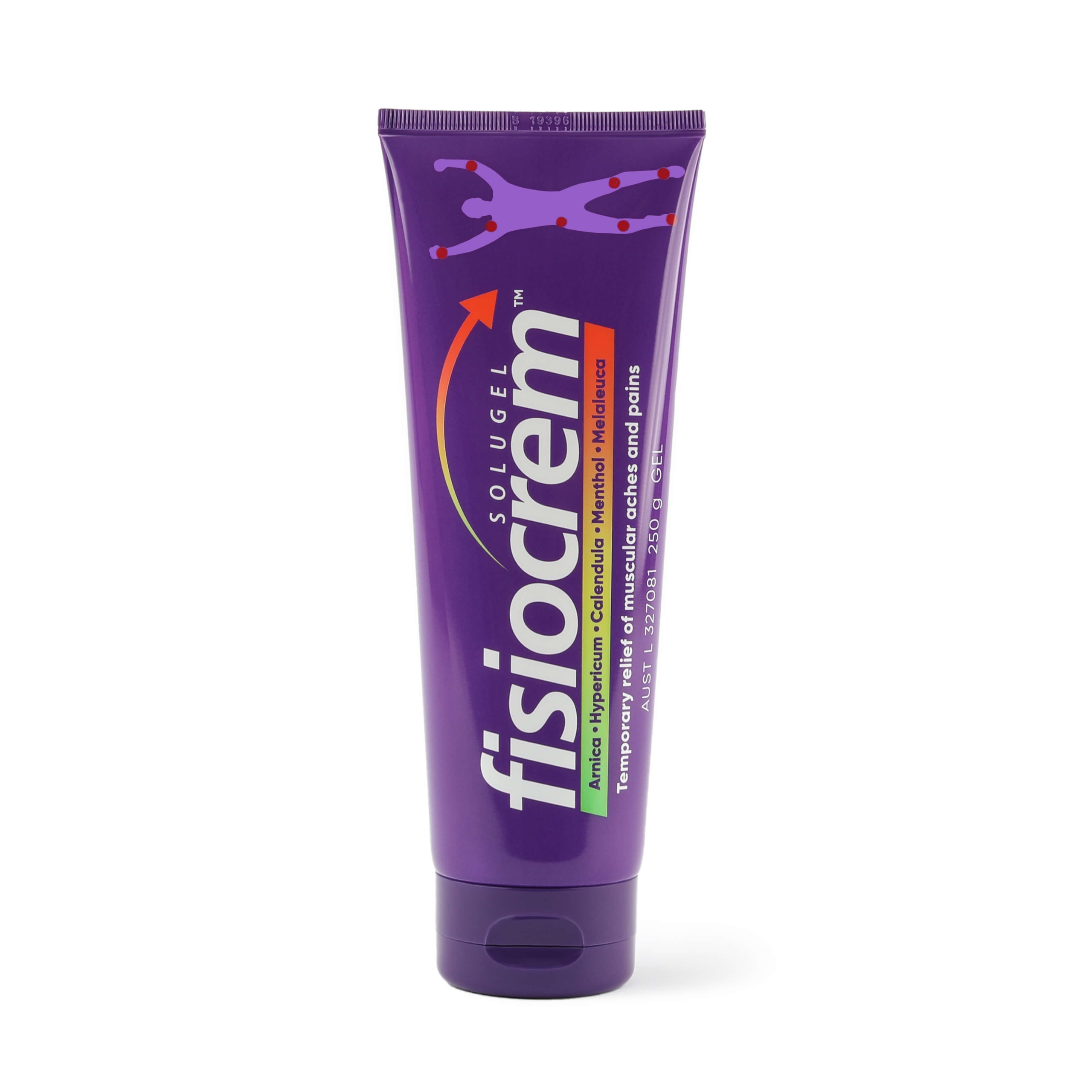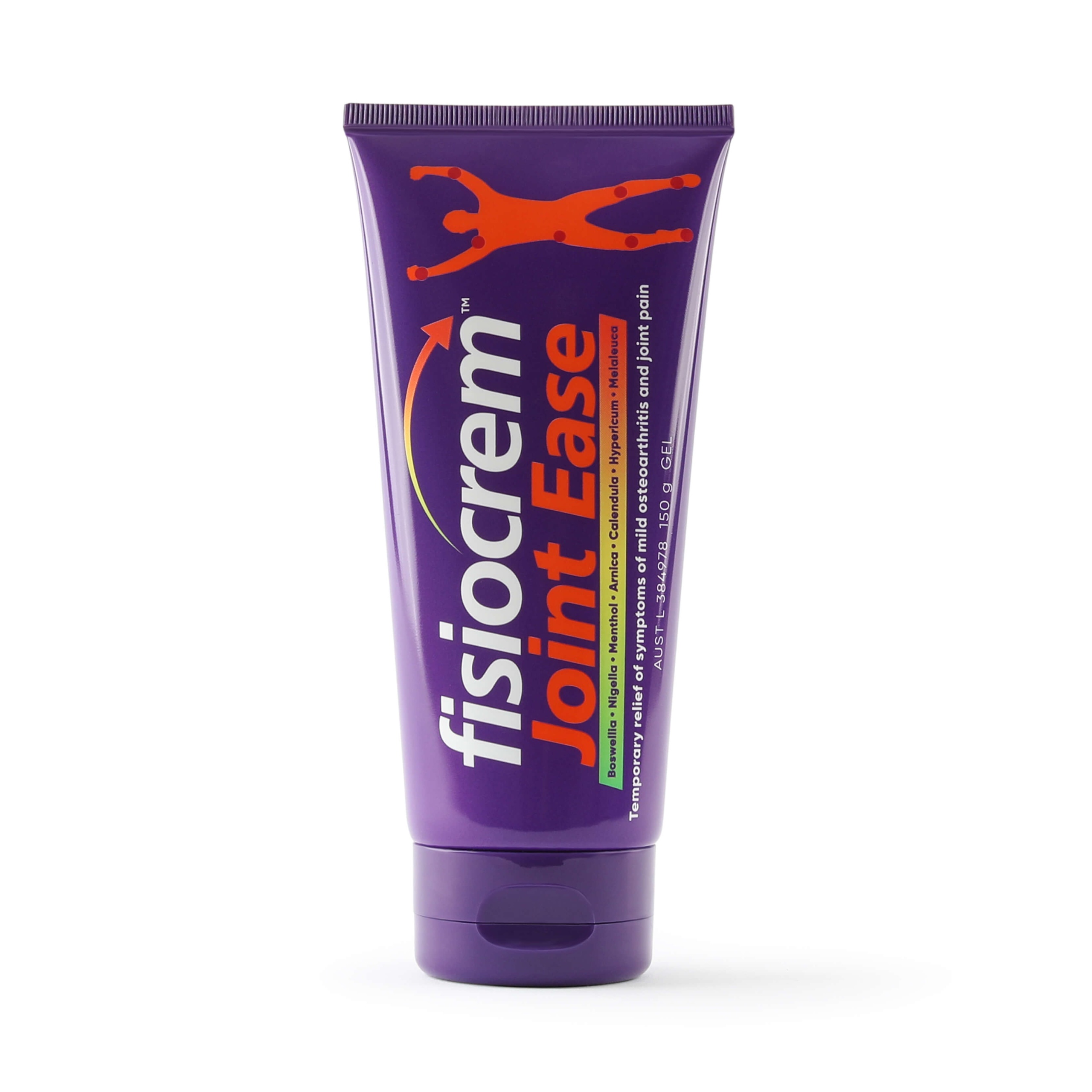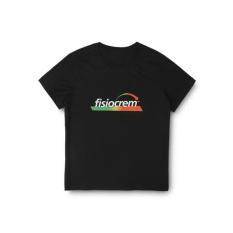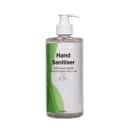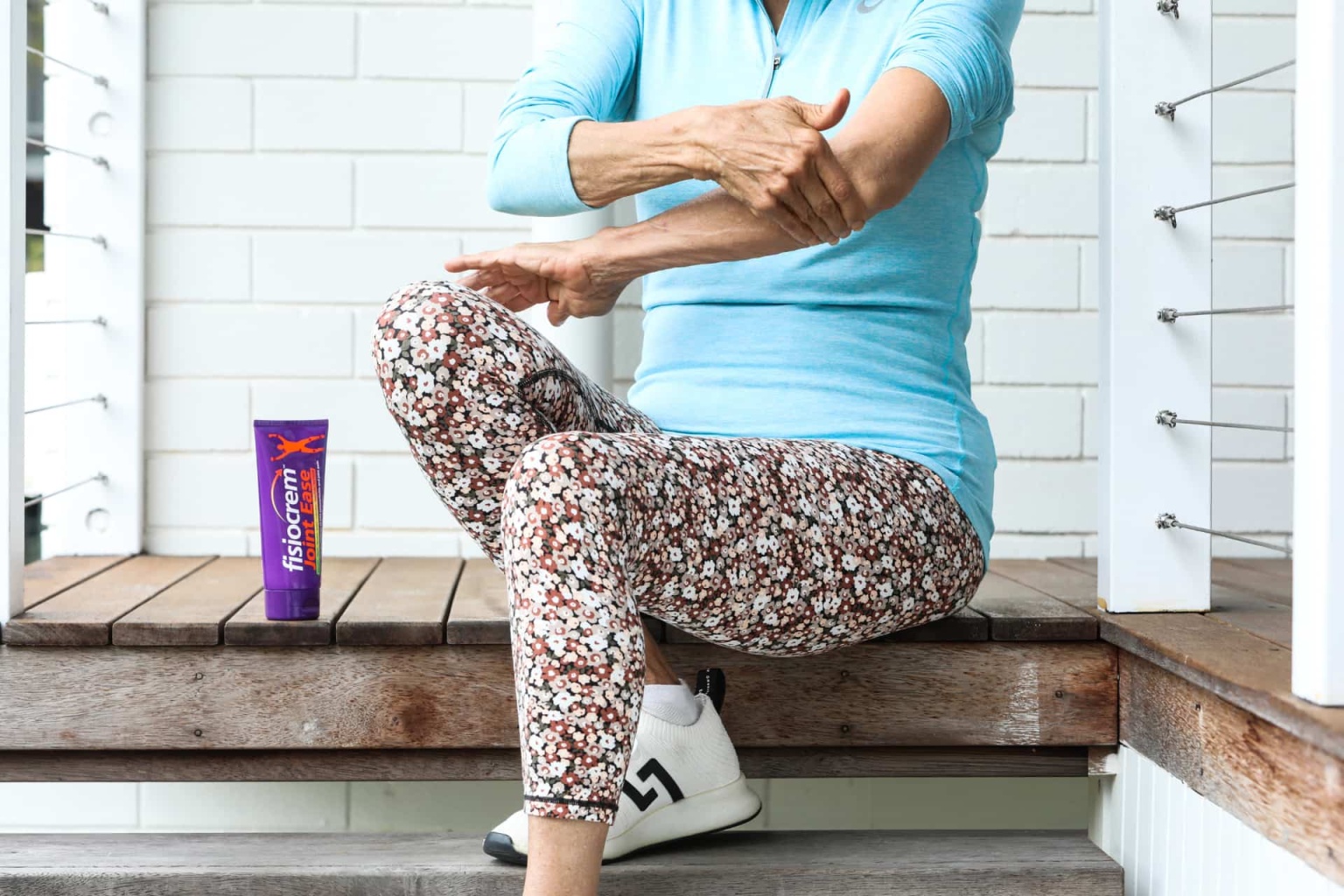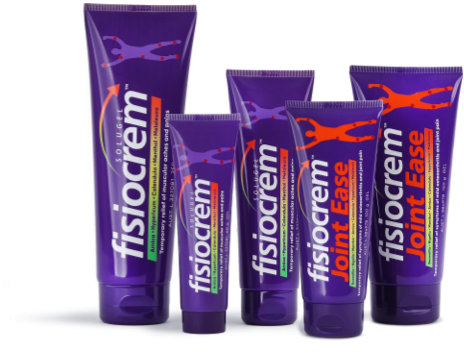Introduction to Mild Osteoarthritis Pain
Mild Osteoarthritis (OA) is a degenerative joint disease that affects millions of people worldwide (Sinusas, 2012). It occurs when the protective cartilage that cushions the ends of your bones wears down over time. As a result, the bones begin to rub against each other, leading to pain, stiffness, and swelling in the affected joints. Mild osteoarthritis pain can significantly impact daily activities and quality of life, making effective pain management crucial.
The Role of Topical Creams in Pain Management
Topical creams offer a convenient and non-invasive way to manage mild osteoarthritis pain. Topical creams and gels are applied directly to the skin over the affected area, delivering targeted pain relief.
These creams can contain various active ingredients, such as menthol, nigella, or capsaicin (Sinusas, 2012). These actives work by numbing the nerves or reducing inflammation in the joints (Mahboubi, 2017).
Topical creams can alleviate pain and stiffness, enhancing joint range of motion for individuals with mild osteoarthritis (Gemmell et al., 2003)(Kraemer et al., 2004).
Introduction to fisiocrem Joint Ease
fisiocrem Joint Ease is a topical cream/gel specifically formulated to provide temporary relief from symptoms associated with mild osteoarthritis pain. Its contains menthol and naturally derived active ingredients, including nigella, boswellia, arnica, calendula, hypericum, and melaleuca. We carefully selected these ingredients for their anti-inflammatory and analgesic properties.
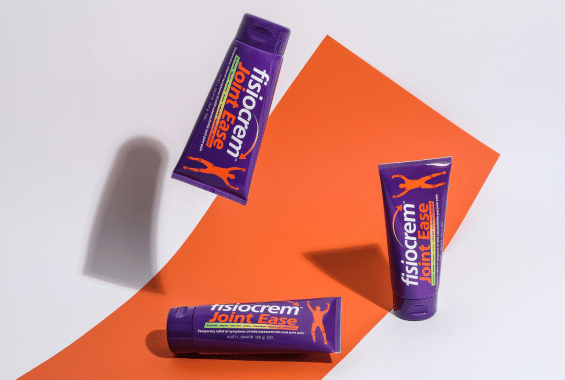
Our hero active Ingredients found within fisiocrem Joint Ease
Nigella Sativa Oil helps to protect cartilage from damage and effectively relieve pain as an anti-inflammatory for individuals with mild osteoarthritis (Kooshki et al., 2016)(Azizi et al., 2019)(Ghamari, et al., 2023).
Boswellia helps alleviate pain and stiffness, improves joint function, and reduces swelling, providing effective relief for individuals suffering from mild osteoarthritis. This active ingredient work together to provide comprehensive relief for those experiencing the discomfort and limitations associated with mild osteoarthritis (Bannuru et al., 2018)(Kimmatkar et al., 2003).
Efficacy of fisiocrem Joint Ease in Relieving Mild Osteoarthritis Pain
fisiocrem Joint Ease offers multiple benefits for individuals suffering from mild osteoarthritis pain. It helps reduce swelling and inflammation in the joints and provides relief from pain. Additionally, fisiocrem Joint Ease supports tissue repair and regeneration, helping to maintain joint health and mobility over time.
How fisiocrem Joint Ease Enhances Joint Function and Mobility
In addition to providing pain relief, fisiocrem Joint Ease helps enhance joint function and mobility. The active ingredients work together to promote healthy joint function and maintaining flexibility. fisiocrem Joint Ease supports overall joint health and reduces the symptoms of stiffness and immobility associated with mild osteoarthritis.
fisiocrem Joint Ease can assist individuals with mild osteoarthritis in staying active and mobile, whether as part of a daily routine or for acute pain flare-ups.
Using fisiocrem Joint Ease for Mild Osteoarthritis Pain Relief
fisiocrem Joint Ease is a simple and effective mild osteoarthritis treatment, designed to be applied directly to the affected area as needed. Easy to use, it involves massaging a small amount of cream into the skin over the painful joint until fully absorbed. For optimal results in managing mild osteoarthritis pain, we recommend integrating fisiocrem Joint Ease into your regular treatment routine.
If you have sensitive skin, test this product on a small area of skin before applying it to a larger area.
FAQs (Frequently Asked Questions)
1. How long does it take to experience relief with fisiocrem Joint Ease?
The time it takes to feel relief from fisiocrem Joint Ease varies for each person. Many users report feeling the effects shortly after applying it. To achieve optimal results, we recommend using the cream regularly as part of your pain management routine.
2. Can fisiocrem Joint Ease be used alongside other medications?
fisiocrem Joint Ease can be used alongside some medications including warfarin and oral anti-inflammatories. However, it is advisable to consult with a healthcare professional to ensure compatibility with any existing treatments or medications.
3. Are there any side effects associated with fisiocrem Joint Ease?
While fisiocrem Joint Ease is well-tolerated by most individuals, some people may experience mild skin irritation or allergic reactions. If you experience any adverse effects, discontinue use immediately and consult with a healthcare professional.
For added safety, it is advisable to conduct a patch test as a safety measure. Just apply a small amount of the product to a small area of skin before using it on a larger area. This method helps to ensure that the product is well-tolerated by the individual prior to broader application.
4. Where can I purchase fisiocrem Joint Ease?
fisiocrem Joint Ease mild osteoarthritis pain relief cream is available for purchase online and at select retailers.
Citations
- Azizi, F., Ghorat, F., Rakhshani, M., Rad, M. (2019). Journal of Herbal Medicine, 16.
- Bannuru, R., Osani, M., Al-Eid, F., Wang, C. (2018). 48(3), 416-429. Retrieved from https://www.sciencedirect.com/science/article/abs/pii/S0049017218300027
- Gemmell, H., Jacobson, B., Hayes, B. (2003). Journal of Manipulative and Physiological Therapeutics, 26(5) 322
- Ghamari, M., Salari, M., & Khodashahi, M. (2023). Traditional and Integrative Medicine, 8(3).
- Kimmatkar, N., Thawani, V., Hingorani, L., Khiyani, R. (2003). Phytomedicine, 10(1), 3-7.
- Kooshki, A., Forouzan, R., Rakhshani, M., & Mohammadi, M. (2016). A Crossover Clinical Trial, 8(11) 3193-3197
- Kraemer, W., Ratamess, N., Anderson, J., Maresh, C., Tiberio, D., Joyce, M., Messinger, B., French, D., Rubin, M., Gomez, A., Volek, J., Hesslink, R. (2004). Retrieved from https://www.jrheum.org/content/31/4/767.short
- Mahboubi, M. (2017). Complementary Therapies in Clinical Practice. 26, 1-4.
- Sinusas, K. (2012). American family Physician, 85(1) 49-56
- Yu, G., Xiang, W., Zhang, T., Zeng, L., Yang, K., & Li, J. (2020). BMC Complementary Medicine and Therapies, 20(1).

